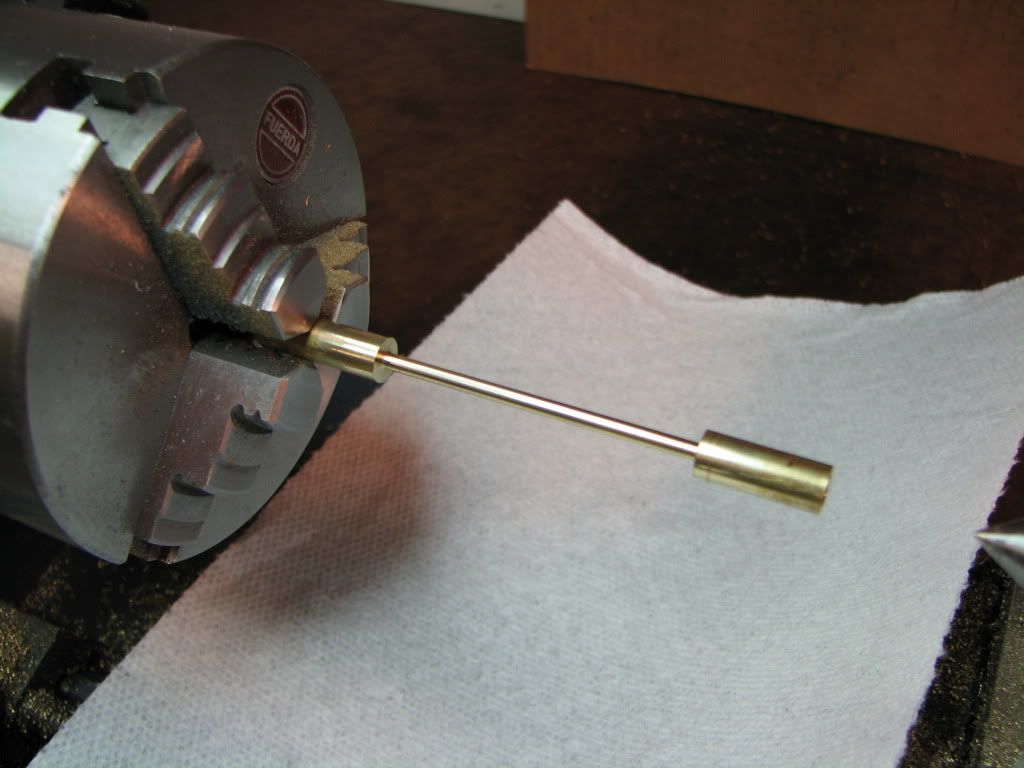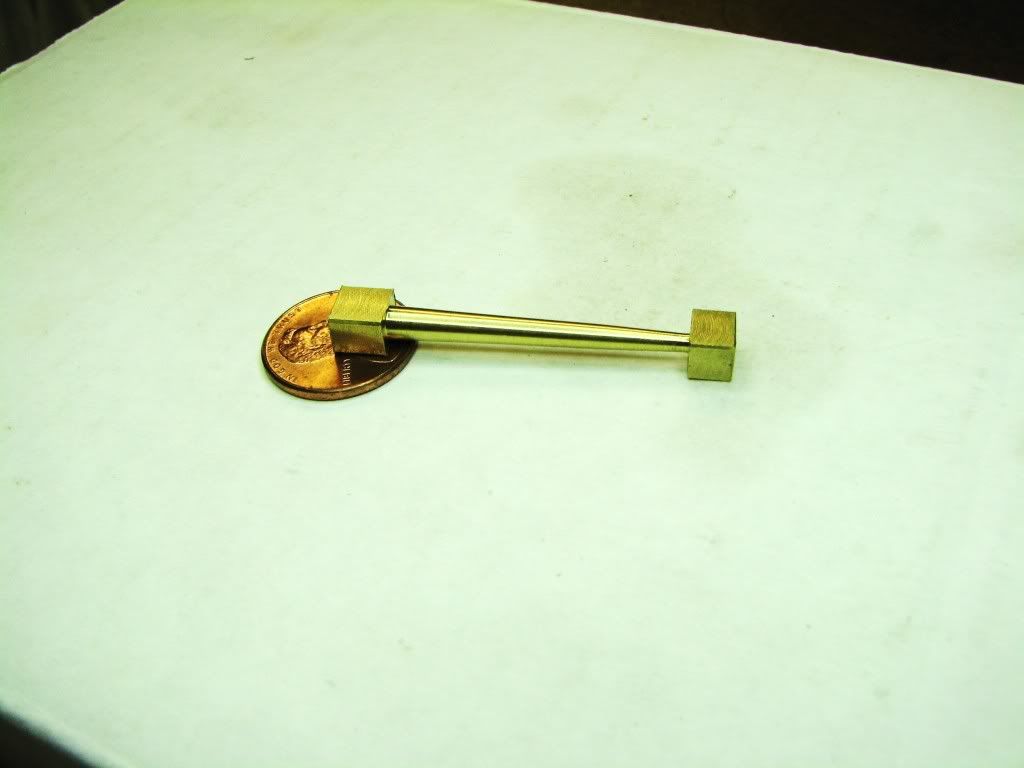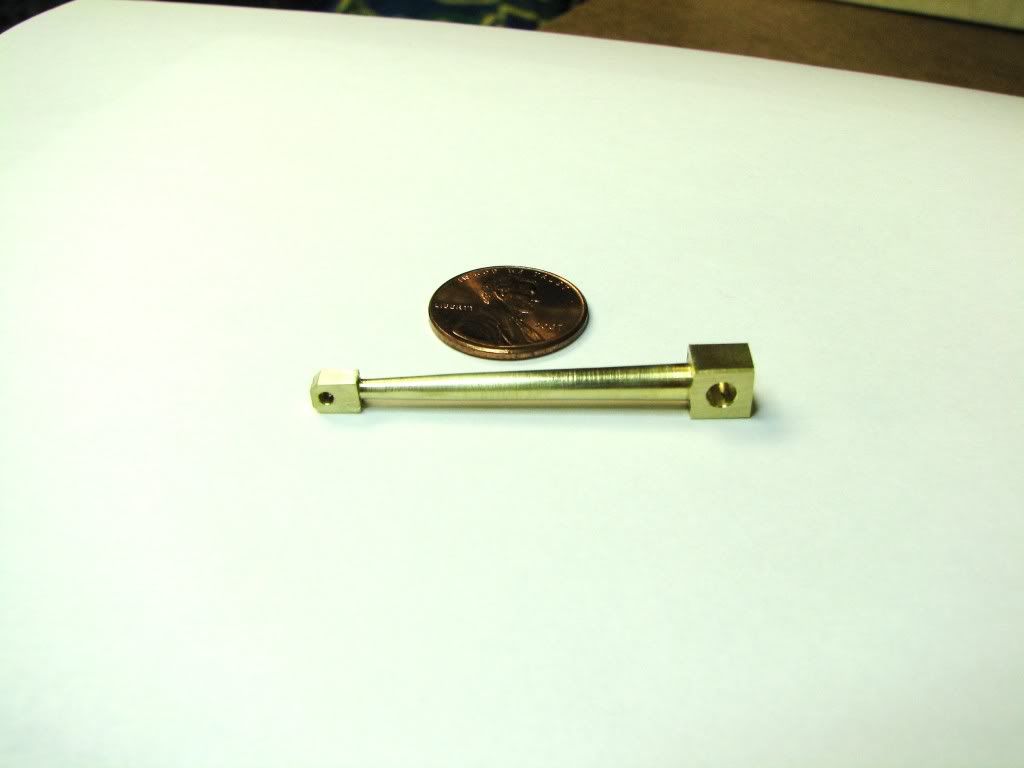zeeprogrammer
Well-Known Member
- Joined
- Mar 14, 2009
- Messages
- 3,362
- Reaction score
- 13
Metal Butcher said:to help Zee understand an learn good shop practices, and I hoped that he would appreciate it for the reasons I had. I Think he did,
I certainly did. And not to take away from that, I've appreciated every post in this thread...not to mention this forum.
Metal Butcher said:but he is a free thinking person like most of us and can choose whatever path he likes.
True enough. What often happens is that despite good advice, a person may still take a different direction. Not all of the information may have been provided, assumptions may not apply, etc. Simple examples include:
"just put it in a square collet and..."...except I don't have a square collet (whether mentioned or not).
"just apply this method and...."...except I haven't developed that skill yet and despite the confidence every else has in me.
"just do this...that...and the other thing..."...except I want to learn how use this thingie here and that wasn't part of the method.
I'm not talking about this thread and or any person in particular.
I'm just saying that, in general, good advice is only part of the equation that goes into making a decision.
And if you don't agree with me...then my advice is for you to...
:big:







